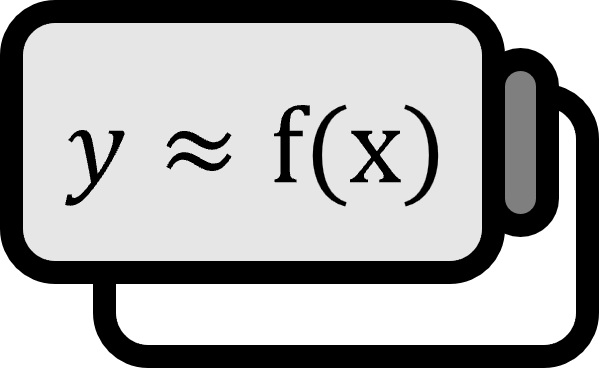Lagrange's Formula Derivation
Formula 1
Given different $x_{0} , \cdots , x_{n}$ data $(x_{0}, y_{0}) , \cdots , (x_{n} , y_{n})$, let’s say $\displaystyle l_{i} (x) := \prod_{i \ne j} \left( {{ x - x_{j} } \over { x_{i} - x_{j} }} \right)$, then $$ p_{n} (x) = \sum_{i=0}^{n} y_{i} l_{i} (X) $$
Description
Lagrange’s formula is the simplest method among those to find polynomial interpolation.
Derivation
Strategy: Prove that $l_{i}$ is the Kronecker delta function with respect to the index.
$$ l_{i} (x_{i}) = \prod_{i \ne j} \left( {{ x_{i} - x_{j} } \over { x_{i} - x_{j} }} \right) = 1 $$
$$ l_{i} (x_{j}) = \prod_{i \ne j} \left( {{ x_{j} - x_{j} } \over { x_{i} - x_{j} }} \right) = 0 $$ Summarizing, it is $l_{i}(x_{j}) = \delta_{ij}$. $$ p_{n}(x) = y_{0} l_{0}(x) + y_{1} l_{1}(x) + \cdots y_{n} l_{n}(X) $$ If we set this, for all $i=0,1, \cdots , n$, $$ p_{n}(x_{i}) =0 + \cdots + y_{i} \cdot 1 + \cdots + 0 = y_{i} $$ holds.
■
Atkinson. (1989). An Introduction to Numerical Analysis(2nd Edition): p134. ↩︎
